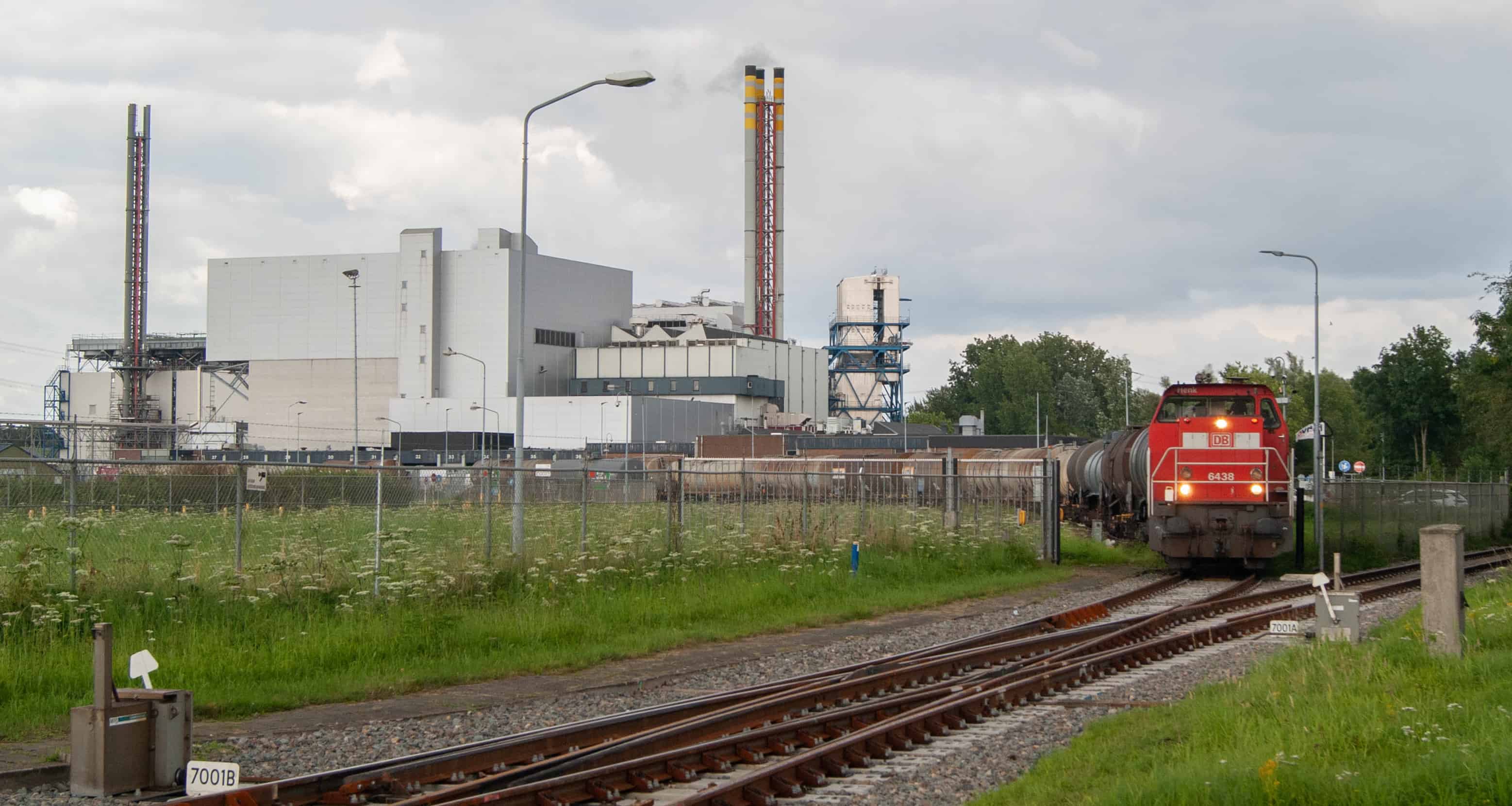
The battle against PFAS, notorious ‘forever chemicals’, is gaining momentum with groundbreaking solutions surfacing. Scientists are striving to dismantle PFAS, found in items like raincoats and frying pans, which pose significant health risks like cancer and high blood pressure. Michigan-based Revive Environmental is deploying the Annihilator technology, utilising supercritical water oxidation (SCWO) to effectively degrade PFAS. Innovations in ball milling, which mechanically grinds PFAS into less harmful products, are also showing promise. The journey to a PFAS-free environment is far from over, as these chemicals are found in water and soil in nearly every industrialized country. Regardless of the technology that proves to be the most successful, the cleanup will be a significant undertaking.
- PFAS, or ‘forever chemicals,’ pose health risks and require innovative solutions for degradation and elimination.
- Revive Environmental’s Annihilator technology uses supercritical water oxidation to break down PFAS.
- Regulatory hurdles and industry accountability play a crucial role in the quest for a PFAS-free environment.
As the world grapples with the impact of PFAS, dubbed ‘forever chemicals’ due to their persistent nature, the tide seems to be turning. Scientists and companies are developing innovative approaches to destroy these durable compounds that have permeated our environment and our bodies. PFAS are known for their use in industrial and consumer products, including firefighting foams, raincoats, nonstick frying pans, and even lipstick. Their resistance to degradation means they accumulate in the environment.
The Annihilator: A weapon against PFAS
One such company in the fight against PFAS is Revive Environmental, based in Michigan. In their arsenal, they have a device aptly named the Annihilator. This technology employs supercritical water oxidation (SCWO) to break down and destroy PFAS. SCWO changes the state of water to a supercritical phase, a unique state where water exhibits properties of both a liquid and a gas, facilitating chemical reactions that can destroy PFAS.

While the Annihilator is a significant breakthrough, it is not the only technology being explored. Other methods, including electrochemical oxidation and ultraviolet light, are also being tested. Further, researchers are investigating alternatives to PFAS in applications like firefighting foams, one of the primary sources of PFAS contamination.
Ball milling: A novel approach to PFAS destruction
Another promising technique in the fight against PFAS is ball milling. This process involves forcefully grinding PFAS with metal balls in a moving container. The collisions between the balls and the PFAS create solid-state reactions that break the carbon-fluorine bonds, converting PFAS into less harmful products. Researchers have recently developed a new additive, boron nitride, which enhances the efficiency of the ball milling process, successfully degrading PFAS at ambient temperature and pressure.
Despite these advancements, the path to a PFAS-free world is fraught with challenges. A lack of harmonised regulations on PFAS has been a significant obstacle, hindering the progress of PFAS destruction technologies. The US Environmental Protection Agency has proposed national drinking water standards for six PFAS compounds, expected to be adopted by the end of 2024. In contrast, individual states have been left to regulate PFAS in the US, leading to a patchwork of standards.
Chemical companies held accountable
Chemical companies have not been spared in the fight against PFAS. Major manufacturers like 3M have been held responsible for PFAS production and contamination, agreeing to settlements worth billions of dollars. The company was sued thousands of times over PFAS contamination in the US, leading to a settlement of $10.3 billion. Similarly, Chemours, a chemical company with a plant in Dordrecht, the Netherlands, attempted to settle for millions in a case where municipalities held the company responsible for PFAS damage.

While the technologies to degrade PFAS are promising, the journey to a PFAS-free environment is a long one. It will require collective efforts from regulators, industry, and society. The goal is not only to destroy PFAS already in the environment but also to eliminate their use and production. With the right technology, appropriate regulations, and industry accountability, we can hope to break the chains of ‘forever chemicals’.





